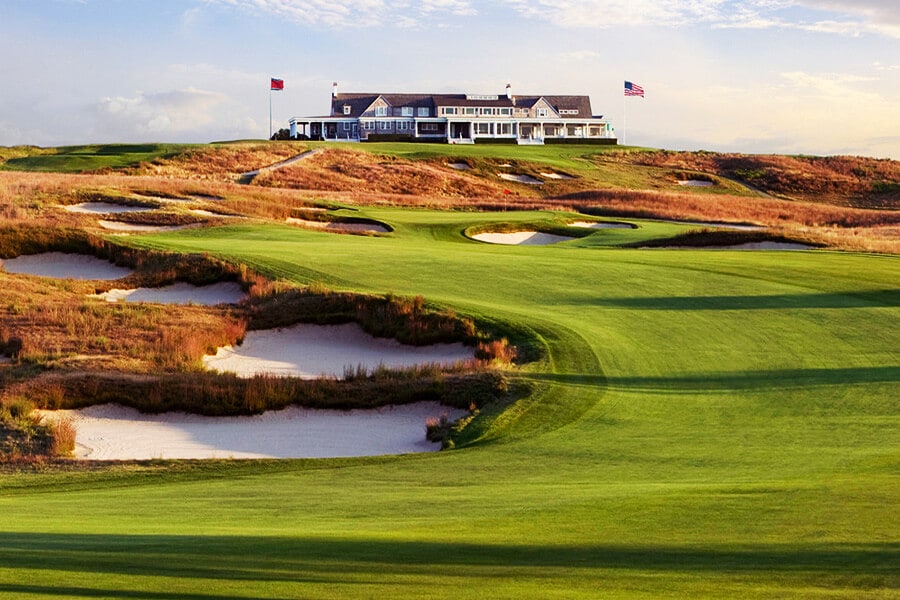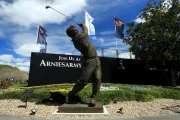Chambers Bay? Awful.
Oakmont — traditional and okay.
Erin Hills? Sixteen under winning the U.S. Open? Ridiculous.
For the past two of the past three years the USGA has seemingly lost its way when it comes to our national championship.
Then there was 2004 — The Nightmare At Shinnecock.
Fairways were about as wide as three Corvettes parked end-to-end.
The greens? How can anyone forget the disaster that was the green on number seven? Can anyone spare a bucket of water?
The USGA has been stumbling. And the starched shirts from Far Hills know it.
“I look at this as a great opportunity for us to get back up on the horse again,” USGA executive director Mike Davis told everyone earlier this week. “What happened that Sunday (2004) took away from the grandeur of one of our greatest golf courses. We made mistakes. We learned. The world of golf hasn’t seen Shinnecock for 13 years.”
Shinnecock Hills is one of the five original clubs that formed the United States Golf Association. Sure, it was built on land stolen from the Shinnecock Indian Tribe, but that’s a story for another day. Shame on the Shinnecocks for recognizing a great piece of property in the form of what today is Southampton.
Which brings us back to Shinnecock Hills.
Truth be known, Shinnecock was born by a concoction of the finest names in golf architecture.
William Flynn revamped what Willie Davis, Willie Dunn, C.B. Macdonald, and Seth Raynor had been extracting from the land since 1891.. Flynn’s 1931 efforts turned into a strategic marvel on an open space with panoramic vistas. There were very few trees, rolling fairways and marvelous greens complexes that were surrounded by all sorts of options. The bunkering was beautiful. It looked heroic and played that way. The late scribe, Herbert Warren Wind, described Shinnecock was “an unbroken succession of superior holes.”
But something happened over the years and the original greatness of Shinnecock was disappearing.
Trees had intruded, greens had receded, and William Flynn’s sophisticated lines of play were vanishing. It wasn’t until after the 1995 Open that Shinnecock decided drastic measures were necessary. “The club decided it wanted to go back to its roots,” Mike Davis recalled. “It was a pretty thoughtful process to do that.”
Enter golf’s version of plastic surgeons — Bill Coore and Ben Crenshaw.
Their task was to return Shinnecock Hills to the glory that once was — see Pinehurst No. 2.
Coore and Crenshaw shaped in new tees to emphasize original angles and strategies. At the 8th hole, a 445-yard par four. Flynn’s favored line off the tee was as far left as possible over an angled series of bunkers, invisible today, certainly, to the game’s best. Length and width put them back into view.
But players won’t be able to lash and launch their tee balls. Landing areas have been re-worked to shrink any long-ball landing areas. After the scoring binge at Erin Hills, the USGA returned in the fall to pinch-in Shinnecock’s fairways even further, down to about 35 yards wide on average, but that’s still about 10 yards wider than in Opens past.
“Now we can get a true test of the Flynn design,” says Davis, “and still be true to the USGA test of golf.”
The USGA desperately needs to put some bite back into this tournament.
Now, it’s up to Mother Nature.
If the winds start to blow at Shinnecock come Thursday, things could get really interesting.






































